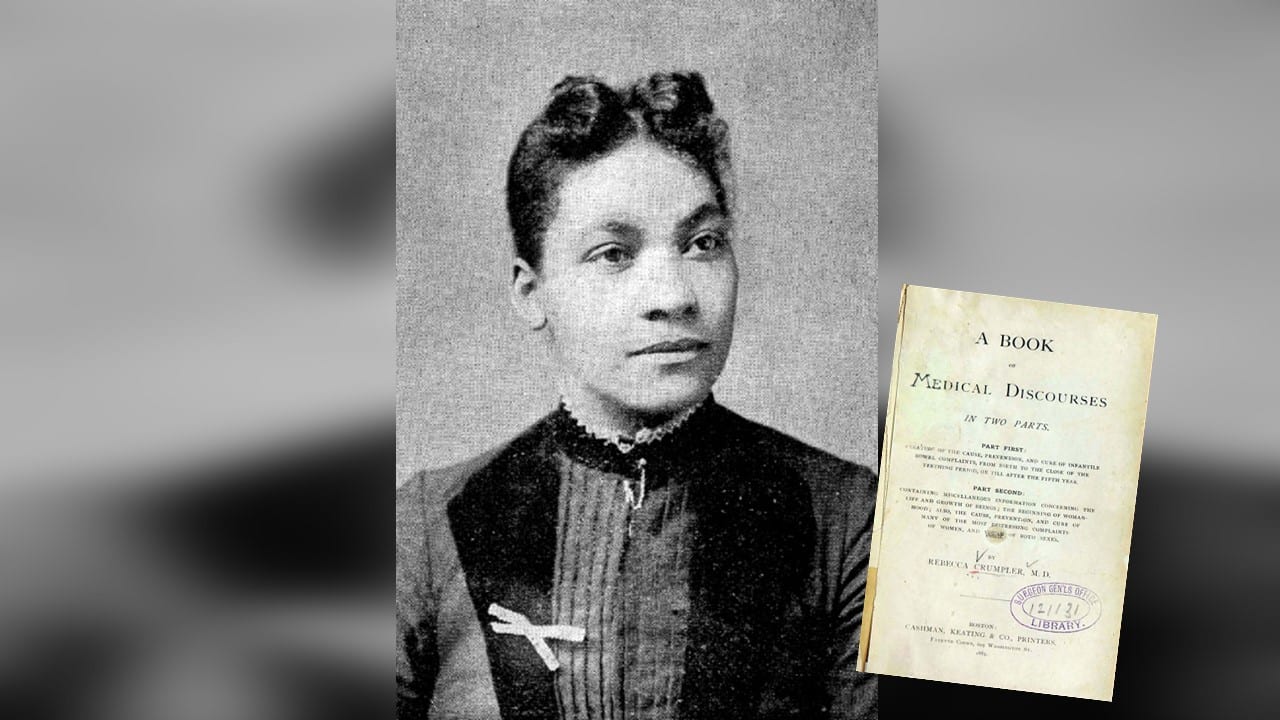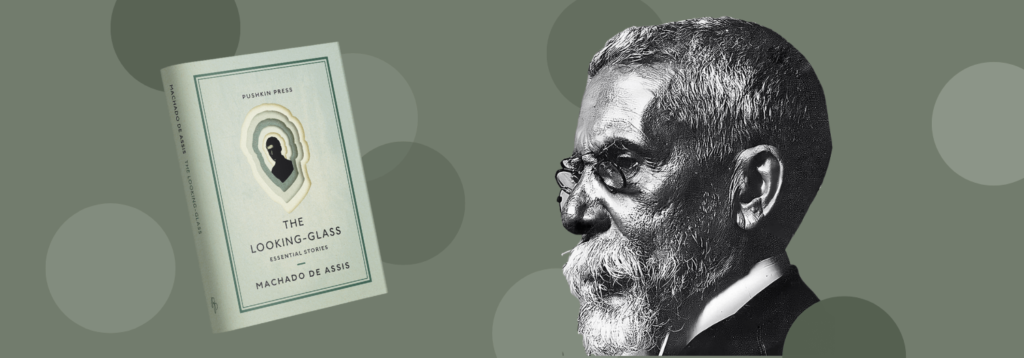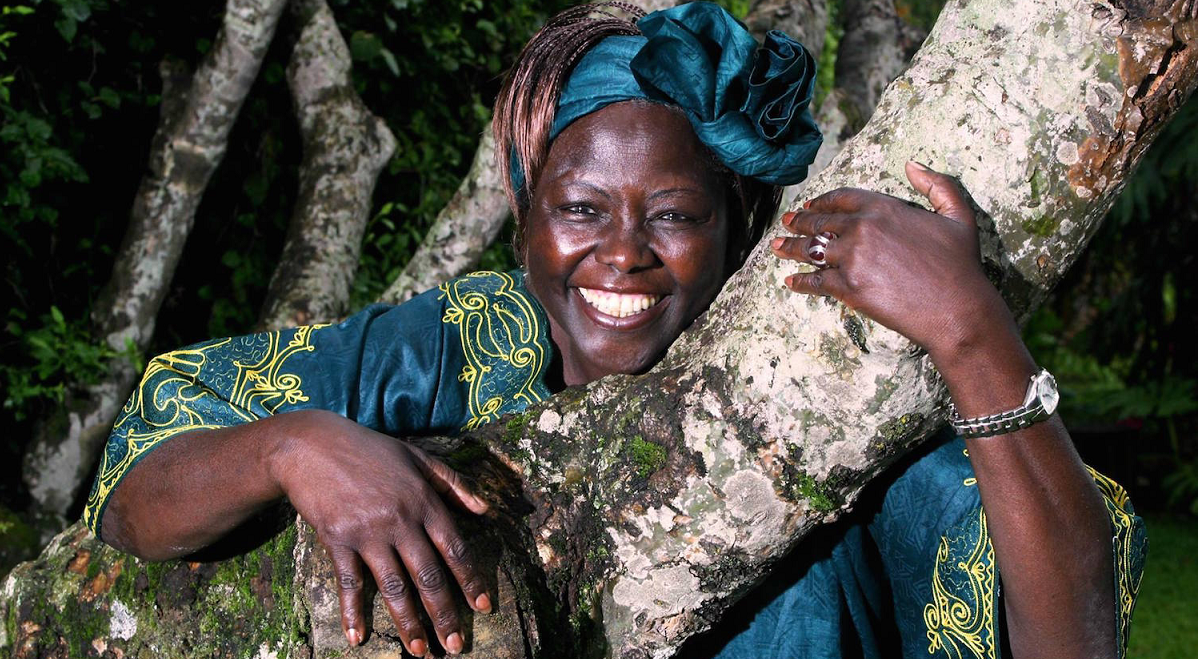No products in the cart.









Cristina Deptula
Before the read
Pioneers in medicine, literature, and activism whose legacies shaped history in profound ways.
Because their groundbreaking contributions were often overlooked in mainstream narratives.
Through innovation, creativity, and resilience that continue to inspire generations.
Before the read
Pioneers in medicine, literature, and activism whose legacies shaped history in profound ways.
Because their groundbreaking contributions were often overlooked in mainstream narratives.
Through innovation, creativity, and resilience that continue to inspire generations.
This article spotlights lesser-known Black historical figures who have made notable contributions to different fields. These include Dr. Rebecca Lee Crumpler, the first Black woman doctor in the US; Dr. Patricia Bath, an ophthalmologist who patented an internationally used cataract treatment; Machado de Assis, famed Brazilian author and social commentator; music club owners and entrepreneurs Slim Jenkins and Esther Mabry, who hosted many jazz greats; and Kenyan Nobel Peace Prize winner Wangari Maathai, known for her women’s and human rights work and her Green Belt reforestation movement.
In honor of Black History Month, TrooRa Magazine highlights the stories of influential Black individuals whose remarkable contributions deserve greater recognition.

Born in 1831, Dr. Rebecca Lee Crumpler was the first Black woman to become a licensed medical doctor in the United States. Raised by an aunt who helped care for sick neighbors in the community, Crumpler became a nurse before enrolling as the only Black student in the New England Female Medical College.
She began her career in Boston, mainly serving low-income families, and then moved to Richmond, Virginia, after the Civil War. Crumpler worked with the Freedmen’s Bureau to provide medical services to formerly enslaved men and women. Eventually, she moved back to Boston, where she treated ill women and children regardless of their ability to pay.

In 1883, she wrote A Book of Medical Discourses, which focused on maternal, infant, and pediatric care. This book is unique for its time because she wrote in her own style rather than imitating the prose styles of other reference texts of that era, which were written mainly by White men.
Although Crumpler unfortunately experienced intense racism and sexism throughout her life, she has now been honored by having her home included in Boston Women’s Heritage Trail. There is also a sorority named after Rebecca Crumpler for Black women intending to become doctors.
Another notable figure in the medical field, Dr. Patricia Bath, an ophthalmologist, became the first Black female doctor to receive a medical patent for a laser cataract treatment in 1986 that has improved the sight of millions of people. She’s one of the co-founders of the American Society for the Prevention of Blindness, and her invention is used around the world.
Machado de Assis, one of Brazil’s best-known and most beloved authors, was the grandson of freed enslaved people. He was a poet, prose writer, and playwright fluent in Portuguese, French, English, German, and Greek.
Born into a poor family, he was mainly self-taught and did not have the opportunity to attend college. After holding various public service jobs in the government’s ministries of agriculture and public works, he started his literary career by sending short stories to newspapers.

His writing is known for its humor, realism, and social critique, although it was not overtly political. Many other internationally famous authors, including Salman Rushdie and Carlos Fuentes, have admired his works, as have intellectuals such as Susan Sontag and Harold Bloom. His 1893 story, A Missa do Galo (Midnight Mass), is considered among the greatest works of Brazilian literature.
Esther Mabry and Slim Jenkins owned a music and dance club in Oakland, California. The club hosted many famous stars, including B.B. King, Tina Turner, Al Green, Duke Ellington, and Etta James. Mabry was originally a server at the classy Slim Jenkins Supper Club before she and her husband opened Esther’s Orbit Room.
Esther’s Orbit Room was known for its bright orange painting of a rocket taking off, with the place’s name written in purple bubble letters underneath. The Orbit Room and the Slim Jenkins Supper Club were part of a thriving business, cultural, entertainment, and shopping district that welcomed Black people when segregation kept them away from other parts of the Bay Area.

From the 1940s to the ‘60s, this part of West Oakland was a popular hub for jazz music and vibrant local culture. However, it became less frequented as the East Bay area’s population declined and employment related to World War II dried up. Also, after the regional government took over a major chunk of land for a train station and post office, the area was split up and became less walkable.
Slim Jenkins moved his club to Jack London Square, where it, unfortunately, faced more racism and went out of business. Esther’s Orbit Room closed in 2009, although its mural still stands. The East Bay Permanent Real Estate Cooperative is negotiating to buy and revitalize the building into an arts and residential center welcoming BIPOC people. The West Coast Blues Society has put up a series of street markers throughout Seventh Street to honor Jenkins, Mabry, and the many musical artists who played in the neighborhood.
Wangari Maathai, a Kenyan environmental and human rights activist, received the 2004 Nobel Peace Prize for her Green Belt tree planting campaigns. The first African woman to earn the prize, she came to believe that most of Kenya’s social problems were rooted in environmental degradation.
Maathai believed in engaging with local people to encourage them to preserve their local environments through the reforestation of native trees. To this end, she founded a business and then a governmental initiative to pay village women stipends to plant seedlings. She also worked with Christian and Kikuyu religious leaders to connect her message with their teachings of environmental stewardship. In 1986, due to the building of international partnerships, the Green Belt expanded beyond Kenya into fifteen different African countries, where leaders brought back the message of reforestation.

She also defended the rights of the minority Kikuyu group, serving on the National Council of Women of Kenya and advocating for them publicly. In the late 1980s, Maathai engaged in pro-democracy work along with her environmental justice campaigns, encouraging people to vote. Governmental opposition to her activism led to her having to vacate her office and move the Green Belt headquarters into her home and to her being arrested and jailed. She stayed strong and was ultimately elected a member of the Kenyan parliament after the electoral defeat of those who had opposed the Green Belt.
Told throughout her life that she was too outspoken for a woman, Maathai co-founded the Nobel Women’s Initiative with six other female Nobel Peace Prize winners. The Women’s Initiative seeks to foster and support work done in different countries for women’s rights.
Worldwide, Black history is a long, elegant, proud, and vast tapestry of courage, creativity, and visionary innovation that goes far beyond the figureheads many of us study in history classes. People from the African diaspora have led and contributed to every field and continue to leave an indelible mark on history.
The Wrap








